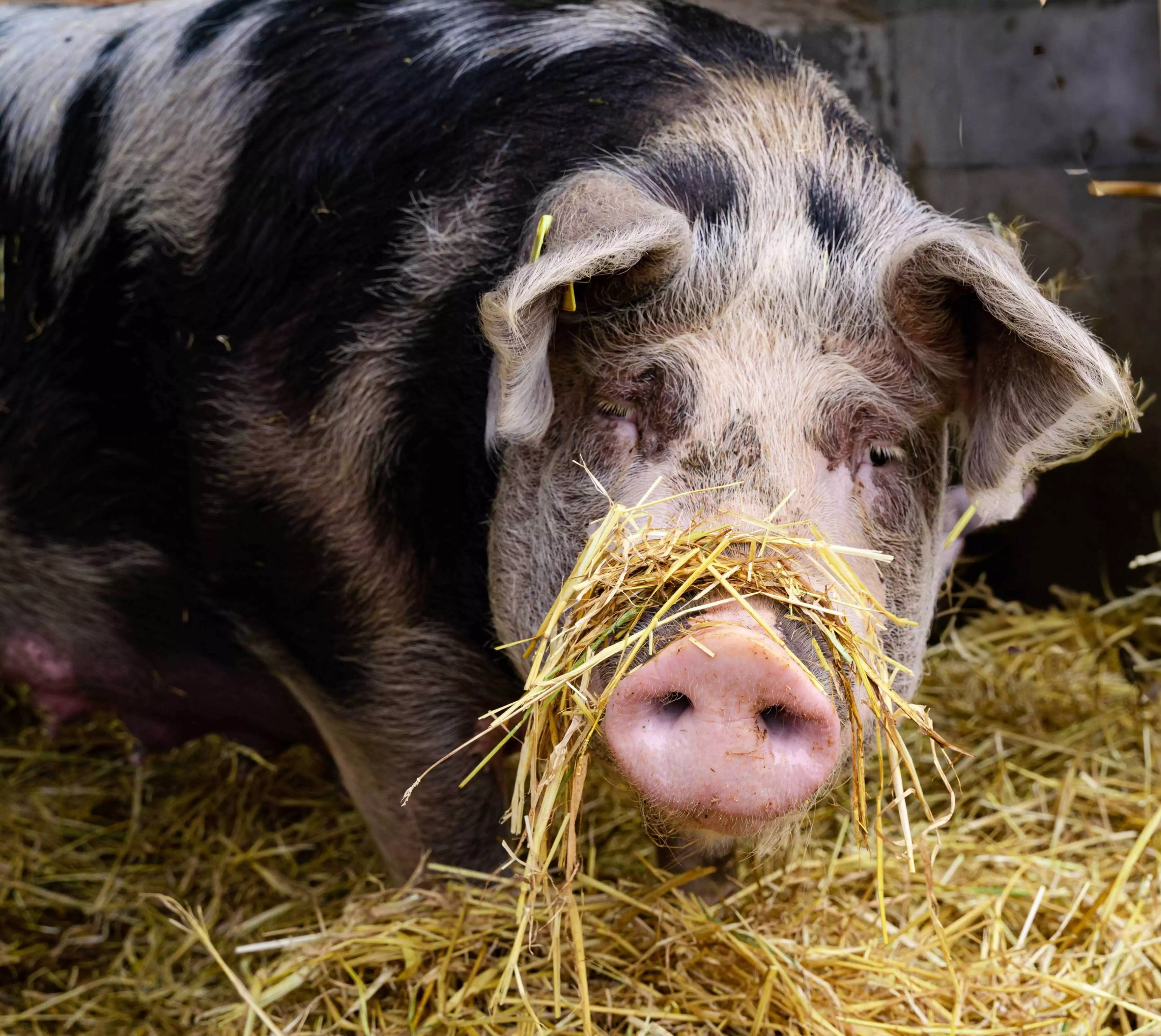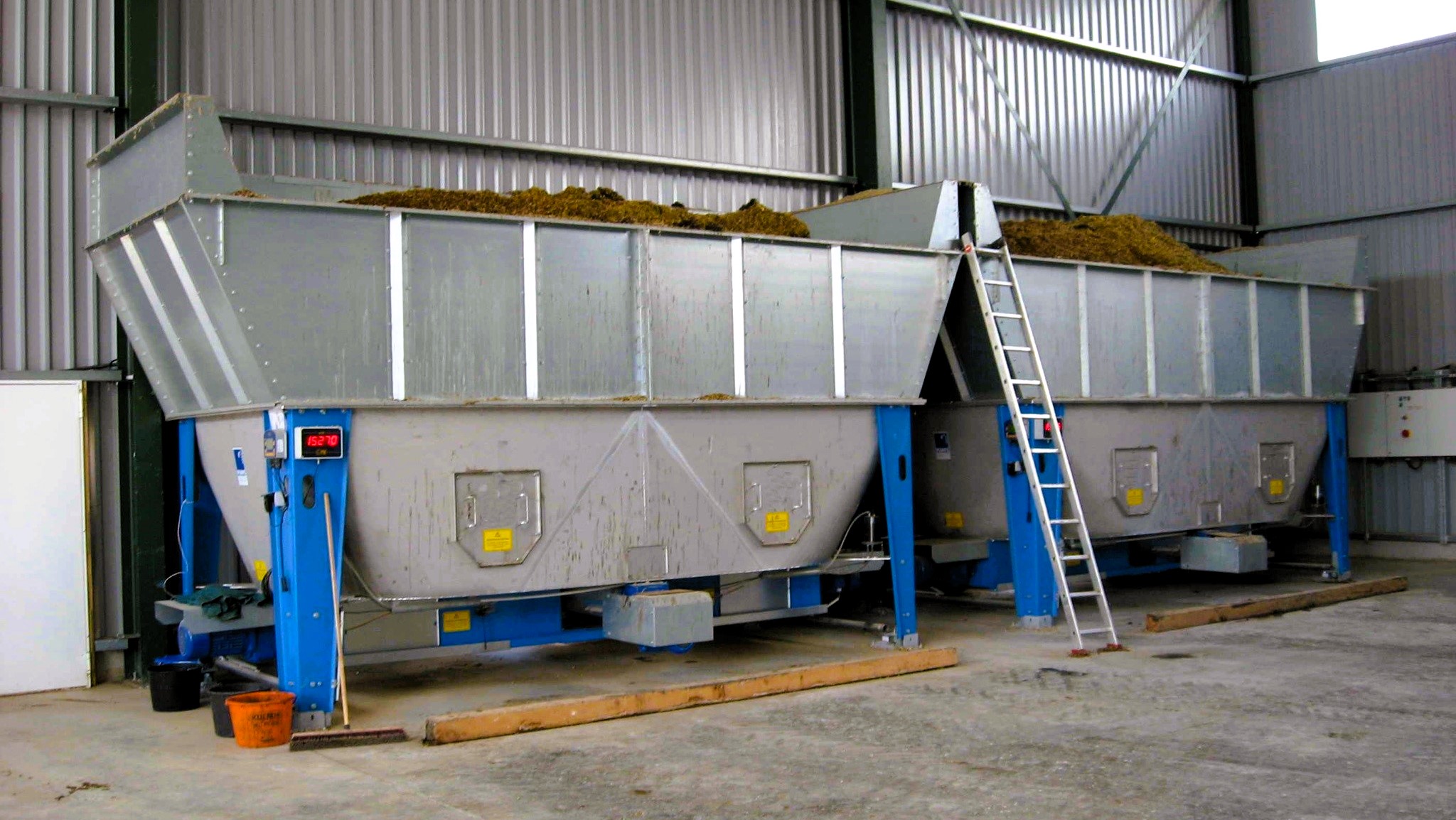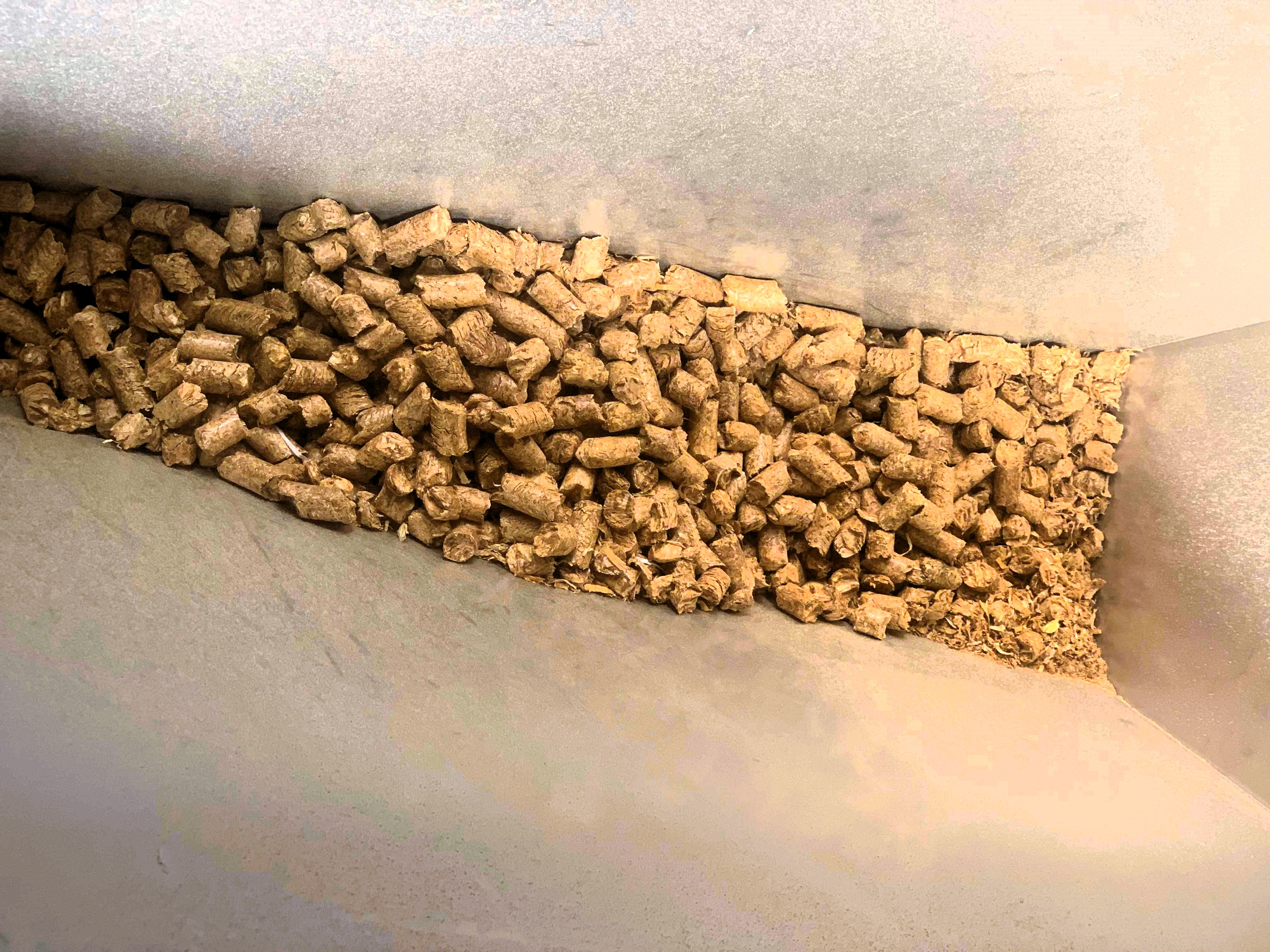Improved animal welfare compensates for higher costs
Happy animals are healthier
Due to societal changes, animal welfare is receiving more and more public attention nowadays. Meanwhile, time-consuming manual scattering has been made redundant, in particular by TEWE’s fully integrated feeding solution, AIRFEED.
Several scientific studies have found that providing roughage not only greatly reduces cannibalism between the animals, but also helps reduce stress and improve feed uptake. To put these findings into practice without increasing the workload or costs for the farmer, the TEWE team has incorporated the provision of roughage and manipulable materials such as straw, straw pellets and maize silage into Airfeed pneumatic feeding.
In conclusion
Pneumatic feeding of roughage in livestock farming creates an environment which is more attuned to the natural needs of the animals, reduces stress, and boosts their health and wellbeing. The advantages of equal feed distribution, individual adjustment, high hygiene standards, stress reduction, injury prevention and improved air quality more than make up for the higher costs and generally contribute towards more sustainable and efficient livestock farming.

Benefits
On top of the ability to dispense manipulable materials such as straw, pneumatic feeding of livestock offers various benefits in terms of animal welfare. Here are a few of these benefits:
Equal feed distribution: With pneumatic feeding, the feed is distributed evenly across the feeding points, allowing all animals equal access to the feed and reducing unnecessary stress caused by fights for rank.
Individual adjustment: The ability to individually adjust feeding means each animal’s needs can be better catered to. This can help prevent health issues and increase the welfare of the animals.
Hygiene standards: Since the feed is transported in a fully closed system in pneumatic feeding, the feed is protected from external contamination such as dust, dirt, bacteria and pests. The high degree of automatic in pneumatic feeding also minimises manual handling and thus the risk of contamination. It also makes regular cleaning easier. Cleanliness and hygiene are decisive for the health and wellbeing of the animals.
Reduced stress: Consistent, automated feeding can reduce stress among animals as they can rely on regular feeding times and do not need to worry about running out of feed. This generally promotes a more peaceful, less stressful environment.
Features
Integrated roughage dispensing:
The incorporation of roughage such as straw, straw pellets and maize silage into pneumatic feeding reduces costs and labour for the farmer. Roughage is proven to help reduce cannibalism and stress among the animals.
Central control:
Airfeed is controlled via a central feeding computer which monitors all functions and processes. This enables precise and efficient feed distribution.
Flexibility of feeding methods:
The system can process both dry and liquid feed, which allows the benefits of both feeding methods to be combined.
Efficient feed preparation:
Our mixing and dosing technology prepares portions of all sizes with no downtimes and mixes in minute quantities of additives as required.
Hygienic construction:
The entire feeding system is made from stainless steel, which guarantees optimal hygiene and prevents the buildup of feed residues in the pipes.
Optional mash preparation:
The system allows mash to be prepared directly above the feed trough to increase feeding flexibility.
Referenzen




